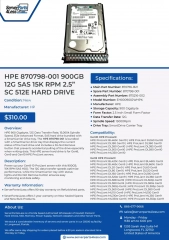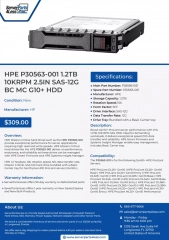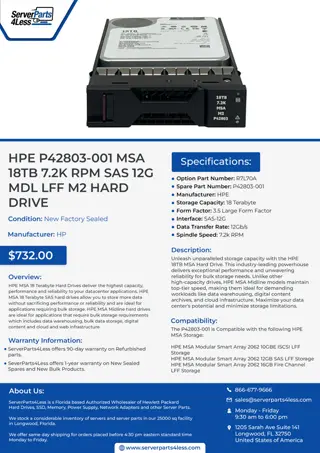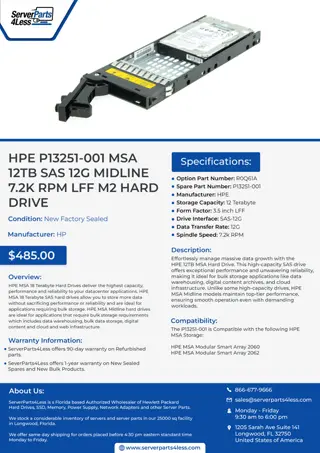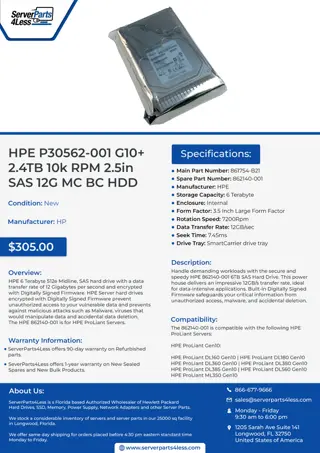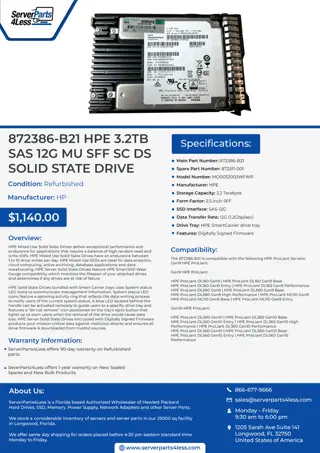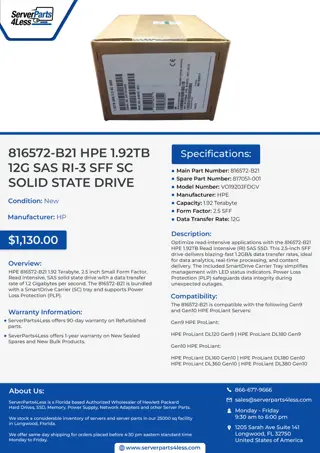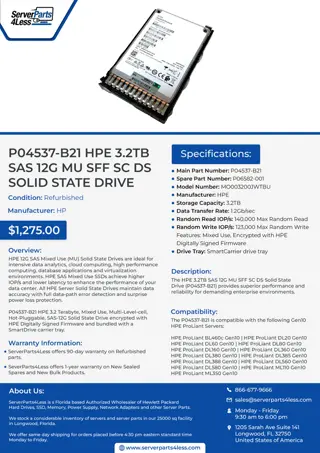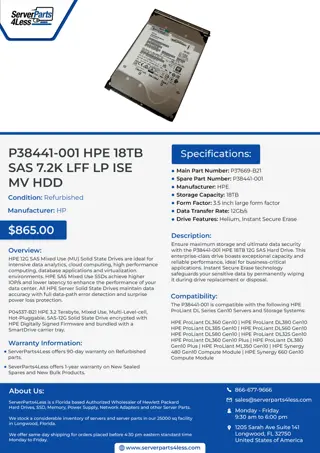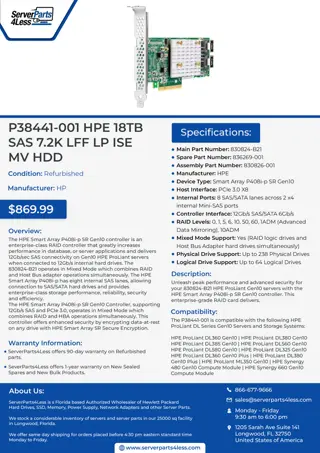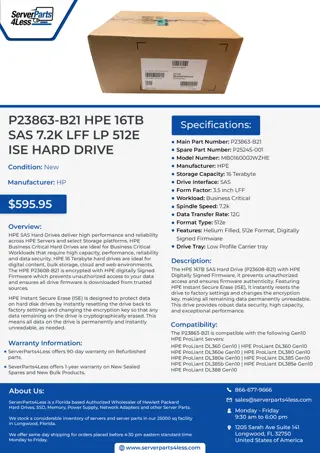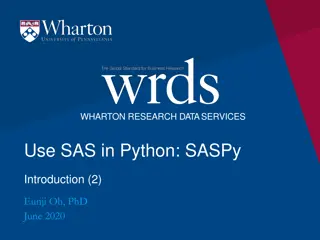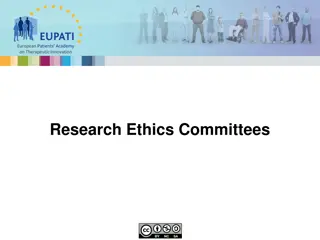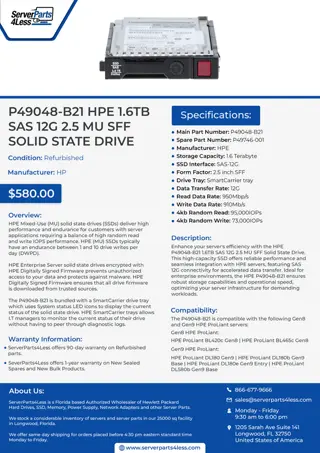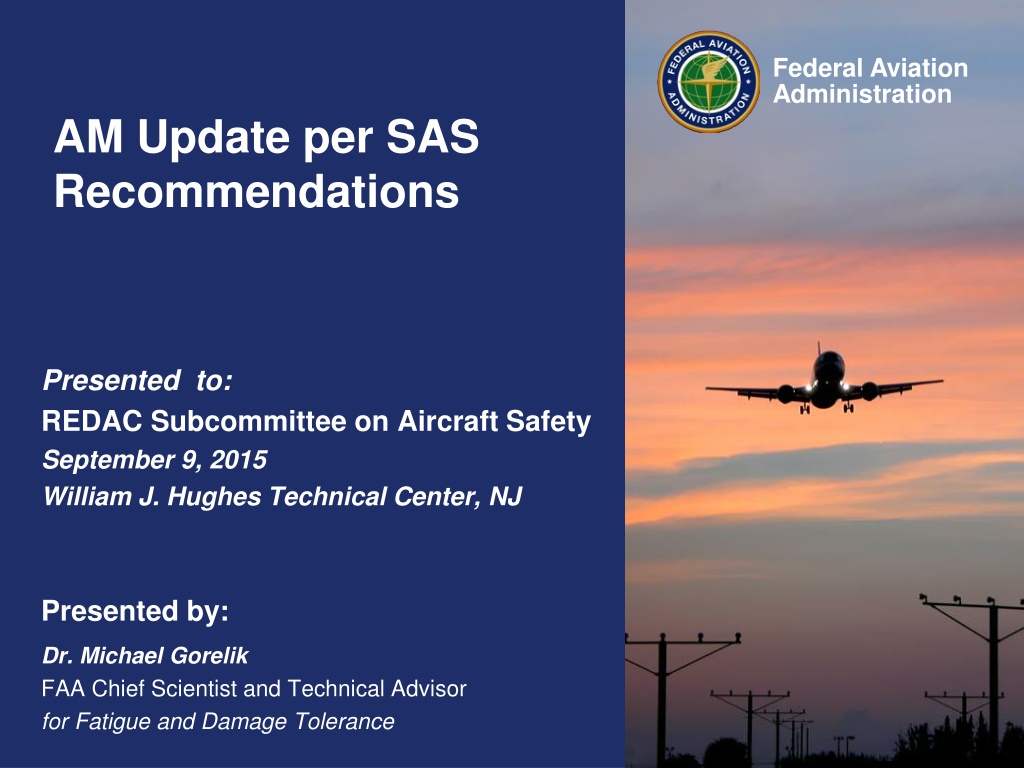
FAA AM Update per SAS Recommendations on Aircraft Safety
Explore the latest Federal Aviation Administration (FAA) AM update based on recommendations from the Safety Assessment and Science Subcommittee (SAS). Delve into the key recommendations, roadmap development for Additive Manufacturing (AM), and collaboration efforts with industry and other agencies for enhanced aircraft safety. Stay informed on the proactive research and standards compliance initiatives outlined in the updates presented at the REDAC Subcommittee on Aircraft Safety in 2015.
Download Presentation

Please find below an Image/Link to download the presentation.
The content on the website is provided AS IS for your information and personal use only. It may not be sold, licensed, or shared on other websites without obtaining consent from the author. If you encounter any issues during the download, it is possible that the publisher has removed the file from their server.
You are allowed to download the files provided on this website for personal or commercial use, subject to the condition that they are used lawfully. All files are the property of their respective owners.
The content on the website is provided AS IS for your information and personal use only. It may not be sold, licensed, or shared on other websites without obtaining consent from the author.
E N D
Presentation Transcript
Federal Aviation Administration AM Update per SAS Recommendations Presented to: REDAC Subcommittee on Aircraft Safety September 9, 2015 William J. Hughes Technical Center, NJ Presented by: Dr. Michael Gorelik FAA Chief Scientist and Technical Advisor for Fatigue and Damage Tolerance
Key SAS Recommendations on AM 1. Accelerate development of the FAA AM Roadmap over the next 12 months 2. FY17 and FY18 FAA R&D portfolio to include consideration of proactive research to identify hazards and mitigations necessary to establish the appropriate standards and methods of compliance Reference: May 28, 2015 Federal Aviation Administration 2
1. AM Roadmap Development Development of a comprehensive roadmap for new disruptive technology like AM is a major undertaking, as evidence by experience with developing a similar roadmap for Composites. AMNT *) will target development of a draft roadmap within the next 12 months, and will solicit feedback from industry and other government agencies during the 2016 CSTA AM Workshop (planned for Sep. 2016) This feedback will be incorporated in the final roadmap as appropriate, and submitted to senior FAA management for approval One of the key outcomes recommendations for the National AM Plan (similar to National Composites Plan) *) AMNT - Additive Manufacturing National Team Federal Aviation Administration 3
1. Roadmap Development - Approach Internal AMNT meetings Benchmarking of other agencies and consortia roadmaps (NIST, AF, NASA, NavAir, America Makes, ) Inter-agency collaboration Industry outreach Initial focus on engine and airframe OEMS Engagement with standards organizations (ASTM, SAE, MMPDS, ) In order to accelerate the process, FAA requested formation of the industry working group focused on qualification / certification issues for AM Started initial discussion with AIA, GAMA and others Collaboration with Industry and Other Agencies is Key Federal Aviation Administration 4
Benchmarking of Composites Timeline Composites One of the first composite applications (Part 25): Horizontal tail stabilizer (Boeing) circa 1985 30 years of manufacturing, design and field experience Hundreds of certified structural / safety critical parts Over $15M in FAA R&D investments Additive Manufacturing (metals) No field experience (commercial); very limited military one metal AM part (non-structural) certified to date by FAA No industry-level material or process specs First available FAA R&D funds FY17 1985 2020 2015 Body of work Composite Plan AM AM Plan First structural composite parts Roadmap Mgmt Review First certified AM part 5 Original AC20-107 Published Federal Aviation Administration
2. AM Research Internal FY15 exploratory research task (low level of effort) FY16 TBD FY17 allocated $300K via pop-up mechanism Research plan being developed by AMNT and Tech Center FY 18 RE&D Research Requirement submitted Metal AM for Aircraft, Engine and Propeller Applications MMPDS Task 9 focus on process-intensive materials External Very significant AM R&D investments by US agencies e.g. USAF alone invests ~ $20M per year USAF, NASA and NIST offered to share results of recent and on-going R&D programs in AM No IAAs are required! 6 Federal Aviation Administration
Complex Regulatory Environment Engine and Propeller Directorate (14 CFR Parts 33, 35) Small Airplane Directorate (14 CFR Part 23) Transport Airplane Directorate (14 CFR Part 25) Rotorcraft Directorate (14 CFR Parts 27, 29) Directorate-Specific Requirements vs. National-Level Synergies Federal Aviation Administration 7
Breadth of AM Processes and Application Domains By Source of Material: Powder vs. Wire By Source of Energy: Laser vs. E-Beam New Type and Production Certificates Repair and Overhaul (MROs) Aftermarket Parts (PMAs) Federal Aviation Administration 8
Focused AVS AM Research Needed to Address Complex Regulatory Environment Proposed consideration for new AIR-level AM TCRG *) to explore synergies of AM research across product types and application domains Benchmarking Internal: Dedicated Composites TCRG Benchmarking - External: Air Force and Navy have AM IPTs (Integrated Product Teams) supported by the corresponding focused R&D programs *) TCRG - Technical Community Representative Group Federal Aviation Administration 9
Joint FAA Air Force Workshop on Qualification / Certification of Additively Manufactured Parts Co-sponsored by FAA Chief Scientist (M. Gorelik) and AFRL / ManTech (R. Dutton) September 1-3, 2015 TecEdge Facility, Dayton, OH Workshop facilitator: Brad Cowles, Cowles Consulting, LLC Federal Aviation Administration 10
Workshop Objectives and Demographics Educate FAA workforce in the area of AM technology Benchmark qualification / certification efforts of other agencies, and promote inter-agency collaboration Establish a stronger linkage between the AMNT and regional offices (ACOs, MIDOs) Federal Aviation Administration 11
Key Workshop Observations Awareness training for a broad cross-section of FAA sites Established line of communication between AMNT and 15 FAA sites Common understanding of key AM challenges Most major OEMs and agencies support risk-based decision making approach, including system-level considerations: Manufacturing process controls and specs development Identification and characterization of key failure modes and anomalies Lifing system and certification criteria IPQA and NDI methods Longer term push for model-based rapid qualification FAA certification (ECO / ACOs) and manufacturing offices (MIDOs) need both near-term and longer term support All participants acknowledged importance of industry and agencies collaboration to support safe implementation of AM 12 Federal Aviation Administration
Appendix Federal Aviation Administration 13
AM Workshop Agenda Day 1 8:15am Introductions (All) 8:30 Workshop overview and objectives (R. Dutton / AFRL and M. Gorelik / FAA) 9:00 FAA Management Perspective (R. Jennings / FAA HQ) 9:15 AFRL AM Seminar (M. Kinsella, J. Miller / AFRL) 10:30 Break 10:45 AFRL AM Seminar cont. (J. Brausch, M. Kinsella, J. Miller / AFRL) 12:15pm Lunch (catered on site) 1:00 AFRL Research & Future AM (J. Miller / AFRL) 1:45 NIST Perspective on AM (K. Jurrens / NIST) 2:45 Current Capabilities and Process Mapping Methods tied to Qualification (Prof. J. Beuth / CMU) 3:15 Break 3:30 Microstructure in AM (Prof. A. Rollett / CMU) 4:00 Mechanical Behavior of Components Fabricated Using AM (Prof. S. Daniewicz / MSU) 4:30 Summary of Day 1 / Discussion (B. Cowles / All) 6:45 - Team Dinner Texas Roadhouse (Fairborn, OH) Federal Aviation Administration 14
AM Workshop Agenda Day 2 8:00 am Coffee, introductions 8:15 USAF Senior Leader Perspective (D. Carlson / USAF) 8:30 DARPA OM Overview (M. Maher / DARPA) 9:15 NavAir AM Certification Perspective (L. McMichael / NavAir) via telecon 9:45 Air Force AM certification Perspective (M. Kinsella / AFRL) 10:15 Break 10:30 NASA AM Certification Perspective and AM R&D (K. Morgan / MSFC and K. Taminger / LaRC) 11:15 FAA AM Certification Perspective and Go-forward Plans (J. Kabbara, M. Gorelik / FAA) 12:00 pm Lunch (catered on site) 12:30 Industry Perspective on AM - Panel session (moderated by B. Cowles and M. Gorelik) Bell Helicopter (T. Chiang) Boeing (M. Crill) GE Aviation (M. Shaw) GKN Aerospace (B. Thompson) Honeywell Aerospace (B. Hann) Lockheed Martin (C. Brice) P&W (W. Brindley) Federal Aviation Administration 15
AM Workshop Agenda Day 2 (cont.) 3:00 Break 3:15pm Overview of AM Standards Development ASTM F42 and ASME Y14.46 K. Jurrens, NIST (30 min) SAE AM committee D. Abbott, GEA (15 min) MMPDS M. Freisthler, FAA (30 min) AWS standards J. Calcaterra, AFRL (15 min) 4:45 Meeting wrap-up / discussion 5:00 Adjourn (for general audience) Federal Aviation Administration 16
AM Workshop Agenda Day 3 (government only) 8:30 Summary of workshop observation and go-forward plans (M. Gorelik / R. Dutton / B. Cowles) 9:30 FAA round table (AMNT + site representatives) Government attendance based on interest Feedback from the sites Additional discussion re. AMNT work plans, roadmap outline etc. Engagement with external organizations, training requests etc. 11:30 Adjourn Federal Aviation Administration 17
USMC FA-18 Hornet.JPEG Lessons Learned Powder Metallurgy FLIGHT INTERNATIONAL, 11 October, 1980, pg 1413 The US Navy grounded its 13 F-18s following the crash of a TF-18 in England on September 8 (see Flight, September 20, page 1177), following an inflight failure of one General Electric F404 engine. The cause of the accident was the disintegration of the low-pressure turbine (LPT) disc in the right-hand (No 2) engine. Shortly after F/A-18 crash, production of as-HIP P/M superalloys decreased dramatically Turbine disk failure linked to a large undetected material flaw Key Takeaways: Risks of transition to full-scale production Unknown unknowns Process controls vs. inspecting in quality Understanding of material flaws, including rogues , is critical In case of PM, gave rise to probabilistic lifing systems Reference: P/M Superalloys A Troubled Adolescent? , R. L. Dreshfield and H. R. Gray, NASA Technical Memorandum 83623, 1984. Federal Aviation Administration 18

